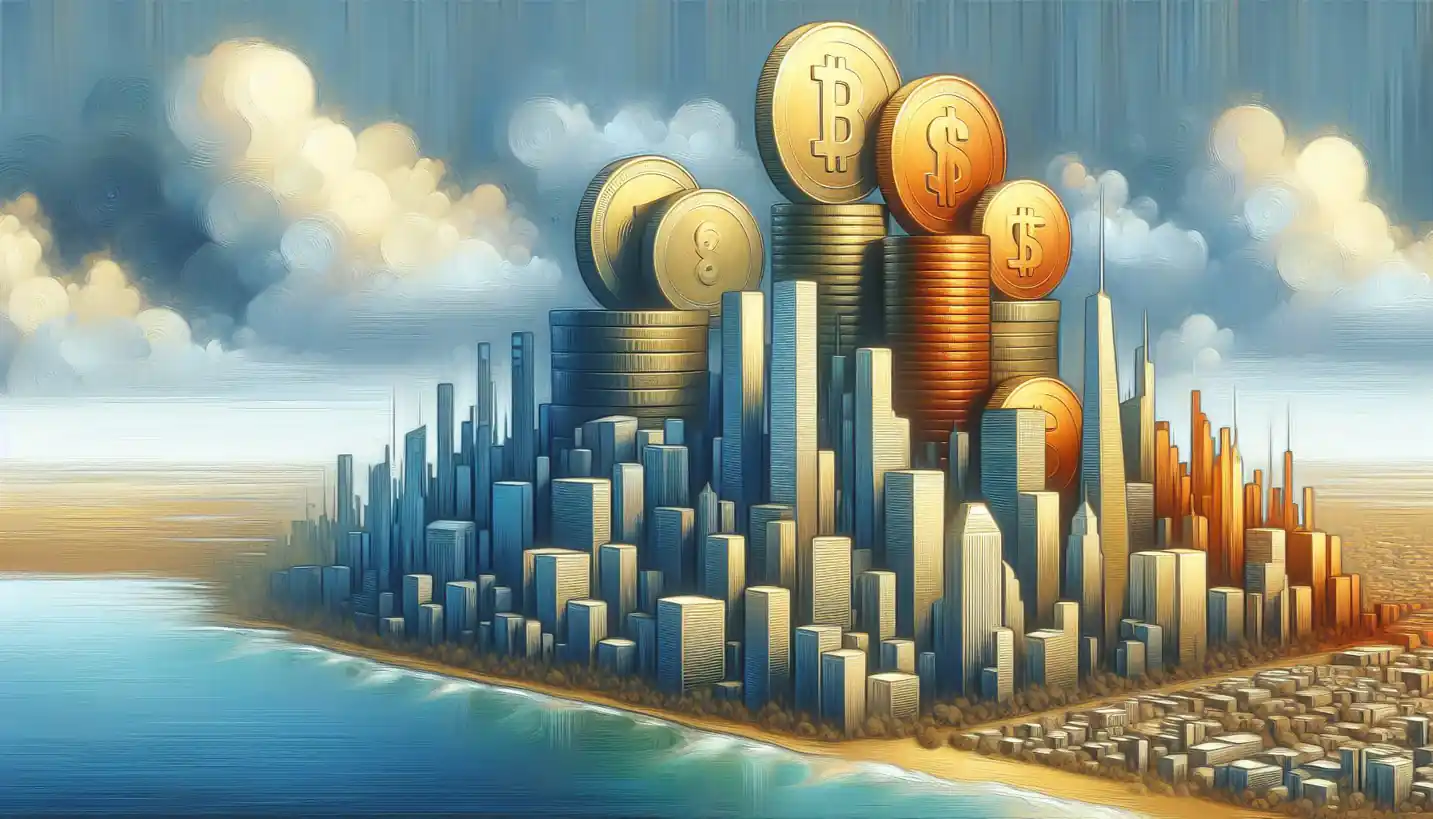· Economics · 5 min read
Cap-And-Dividend: A Simple Path to a Greener Future
Cap-and-dividend approaches allocate pollution allowances and return the proceeds to the public. This system supports environmental goals while potentially benefiting consumers financially.

So, let’s dive into the world of cap-and-dividend and see how this concept is helping to combat climate change in a way that’s both effective and fair.
Cap-and-dividend is a fascinating approach within environmental economics. It’s like having a giant thermostat for the economy that allows us to control the levels of greenhouse gases we release into the atmosphere. Imagine you’re setting a cap on the pollution we can produce, and any extra cost imposed on companies is returned to the public in the form of dividends. It’s like a financial boomerang coming back to you.
How Does Cap-And-Dividend Work?
Picture this: the government sets a limit, or “cap,” on how much carbon dioxide can be emitted by various industries. This cap is like the ceiling in your house—no one wants to crash through it. Companies need permits for every ton of carbon dioxide they emit, and these permits are limited, adhering to the set carbon cap.
This is where the magic happens. Companies can trade these permits in a market, like swapping baseball cards when you were a kid. If a company manages to cut down its emissions, it can sell its extra permits. Conversely, if a company needs more permits, it has to buy them. This creates an incentive for companies to innovate and reduce emissions—pollution becomes costly.
Now comes the dividend part. The money generated from selling these permits doesn’t just disappear into thin air. This revenue is distributed back to citizens as a dividend, essentially a bonus for living sustainably. This is brilliant because it makes the system fair. Everyone breathes cleaner air, and everyone gets a direct incentive to support green policies.
The Origins and Story Behind Cap-And-Dividend
Let’s rewind a bit. The roots of cap-and-dividend trace back to discussions about how to balance economic activity with environmental sustainability. The concept took shape from the urgent need to address the growing crisis of climate change and to find a way to make polluters pay, while also protecting consumers from increased costs.
Take the story of a fictional town plagued by constant haze and polluted skies. The mayor introduces cap-and-dividend, and over time, the town successfully cuts down its emissions. The townsfolk receive dividends, which they use for greener alternatives like public transportation or solar panels. The air becomes cleaner, and the community thrives. This illustrates how cap-and-dividend can effectively bring about positive change.
Real-World Examples and Success
Not just fiction, the concept has been explored in real life. The state of California has a cap-and-trade system with some cap-and-dividend elements, redirecting funds to initiatives that benefit the public. Although not a perfect implementation, it shows how such policies can work and be adapted.
A similar idea was proposed in the U.S. Congress, called the Carbon Fee and Dividend Act, supported in pushing for national implementation. While such legislation faces many challenges, it emphasizes the innovative spirit of cap-and-dividend and its potential in policy discussions.
Why is Cap-And-Dividend Important?
Cap-and-dividend is more than just an economic lever—it’s a tool for justice and equality. Rich or poor, everyone gets dividends, ensuring that this isn’t just a policy benefiting the wealthy. By reducing emissions and redistributing revenue, it’s a two-pronged strategy targeting both climate change and economic disparity.
Furthermore, cap-and-dividend encourages technological advances. Companies and industries are nudged to innovate, finding cleaner and more efficient ways to operate. By putting a price on pollution, we get cleaner energy solutions faster, propelling us towards a sustainable future.
Exploring the Global Impact
On a global scale, cap-and-dividend systems could significantly align climate goals across countries. Consider the Paris Agreement’s climate targets: a global network of cap-and-dividend policies could harmonize efforts, leading to collective carbon reduction and equitable economic benefits.
There are hurdles, of course. Political resistance and varying national priorities can be substantial barriers. However, the universal nature of dividends—appealing to people directly—offers a unique advantage. It combines environmental action with tangible economic benefits, which is crucial for widespread support.
Challenges and Future Directions
As with any hugely promising idea, there are challenges to consider. Accurately setting the cap is vital—too high, and it’s ineffective; too low, and it might burden economies or result in political resistance. Monitoring and enforcement require robust systems to prevent cheating or manipulation.
Looking ahead, technological improvements in monitoring emissions could enhance cap-and-dividend effectiveness. Innovations like satellite-based climate monitoring might soon play a role in ensuring compliance and transparency, making these systems more robust.
Also, imagine integrating a digital currency system within the dividend payout process. Such innovation could streamline the economic distribution and potentially reach more people, even in remote areas. These prospects highlight the forward-thinking ethos behind cap-and-dividend.
A Call to Action
Here’s an open-ended thought: Can we expand cap-and-dividend to smaller scales, like communities or cities? Could towns set their own caps and reinvest in local infrastructure? The concept invites creativity and adaptation, sparking interest and action.
Cap-and-dividend stands as a beacon of hope in climate action—a blend of efficiency, fairness, and innovation. By captivating interest both scientifically and economically, it shifts the narrative towards a sustainable and equitable world. This isn’t just a theory—it’s a real pathway worth exploring as we tackle climate change and build a greener future.



